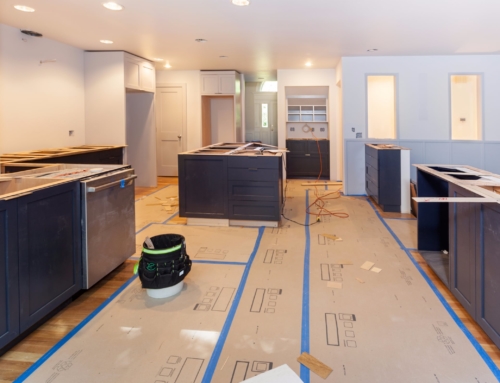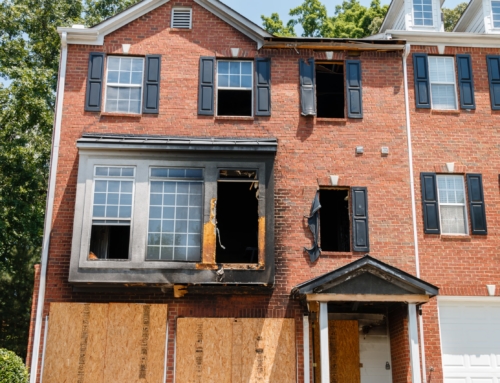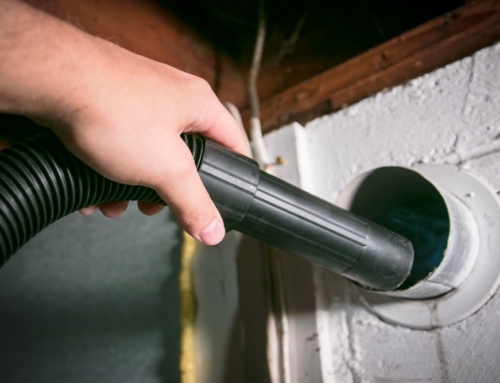No matter how big your house is, there never seems to be enough closet space.
Well, perhaps that isn’t true of the $6 million house in Highland Park, Illinois that was recently sold at auction. The master bedroom closet was located in a room bigger than most master bedrooms, lined with white laminate drawers, shelving and hanging units from California Closet, according to Michael Fine, an executive with Sheldon Good, the Chicago-based auction house that sold the property.
But for most of us, closet space is at a premium. When my husband, Sam, and I first bought our home, an 1880s farmhouse, the entire house contained just two small closets and two tiny closets that had been fashioned out of part of a hall way.
That was it. Of course, back in the 1880s people didn’t own as many clothes as we have today. The way our sellers coped with the lack of closet space (four tiny closets for two parents and four children) was to line the walls of each room with metal wardrobe cabinets.
For the two of us, closet space was tight. With the addition of our two children, our closet needs grew exponentially. When we renovated our home three years ago, we built loads of closets and considered that to be enough storage space for the rest of our lives.
Three years later, we looked at our over-stuffed closets, wondering how we outgrew the closet space we built.
Apparently, we hadn’t outgrown the space as much as we weren’t making the best use of it. We asked two closet consultants to come in and design three closet solutions: One for Sam’s closet, one for my closet and one for our mudroom, which had become an overstuffed collection of children’s clothing and sports apparatus.
The two companies we consulted were national closet-organizing companies. They produced drawings for us in rapid time, gave us the outrageous and even more outrageous pricing for our new closets and promised we would love the difference.
The first hurdle was a design issue: Should we go with white laminate or wood laminate? Real wood wasn’t an option with these companies. In fact, the closet design specialist from the more expensive company told us that “solid birch shelving isn’t even made anymore,” which sounded good until I pointed out that our 3-year old kitchen cabinet doors were made of solid birch.
The next hurdle was pricing. The estimates we received for each of our closets ranged from $1,500 on the low side to $2,000 for white laminate, with the price escalating 40 to 80 percent for wood laminate.
The third issue was timing. While the closet design specialists created finished drawings in a few days, we would have to wait as long as 8 weeks for our shelving to be installed. Completing all three closets would take a day in a half.
We were all ready to sign up, but in reading the fine print on the contract, Sam noticed that we were responsible for not only clearing out the closets, but taking down the rods and shelves that existed, and doing any plastering, priming or painting that needed to be done.
If we didn’t do all the prep work, we would be charged extra for the demolition. The installers wouldn’t do any plastering or painting, which meant that the finished product wouldn’t look that great.
Sam checked out the pricing of the closet organizing system at Home Depot. The company, Mill’s Pride, offers several different types of closet organizing systems, which almost exactly mirrored the supposedly “custom” closet organizing we were purchasing from the national companies.
The quality appeared to be about the same as what the national companies were offering, but what sold us was the price. The bids we had been given to install the three closets ran about $6,000. Sam bought all of the cabinets we needed for less than $1,000 – a savings of $5,000.
Sam started his closet first. It took about a day to install, and it looked great. My closet was installed in a half day, and that included demolition of the existing closet and plastering any holes or rough spots, where would previous shelving had been glued to the wall. He spent another half day finishing the mudroom closet – a total of two days for the three closets, including demolition and any finish work to repair the walls before installation.
“What really gets me is that these closet companies are selling you on the idea that you’re getting a custom closet, when all of the pieces are pretty standard,” Sam said. “What’s custom is how long the rod is between the standard cabinets.”
The Mill’s Pride cabinetry is easy enough to install with the most basic equipment. The hardest part: getting the boxes out of the car and carrying them upstairs. The heaviest box weighed about 100 pounds.
On the other hand, we didn’t need to go to the gym for our workout that day.
If you’re going to build out your closet, you’ll need to think through how to make the best use of space. Next week: Ideas on maximizing space in your new closet.
Take a look at part two of Building Out Your Closet On A Budget






Leave A Comment